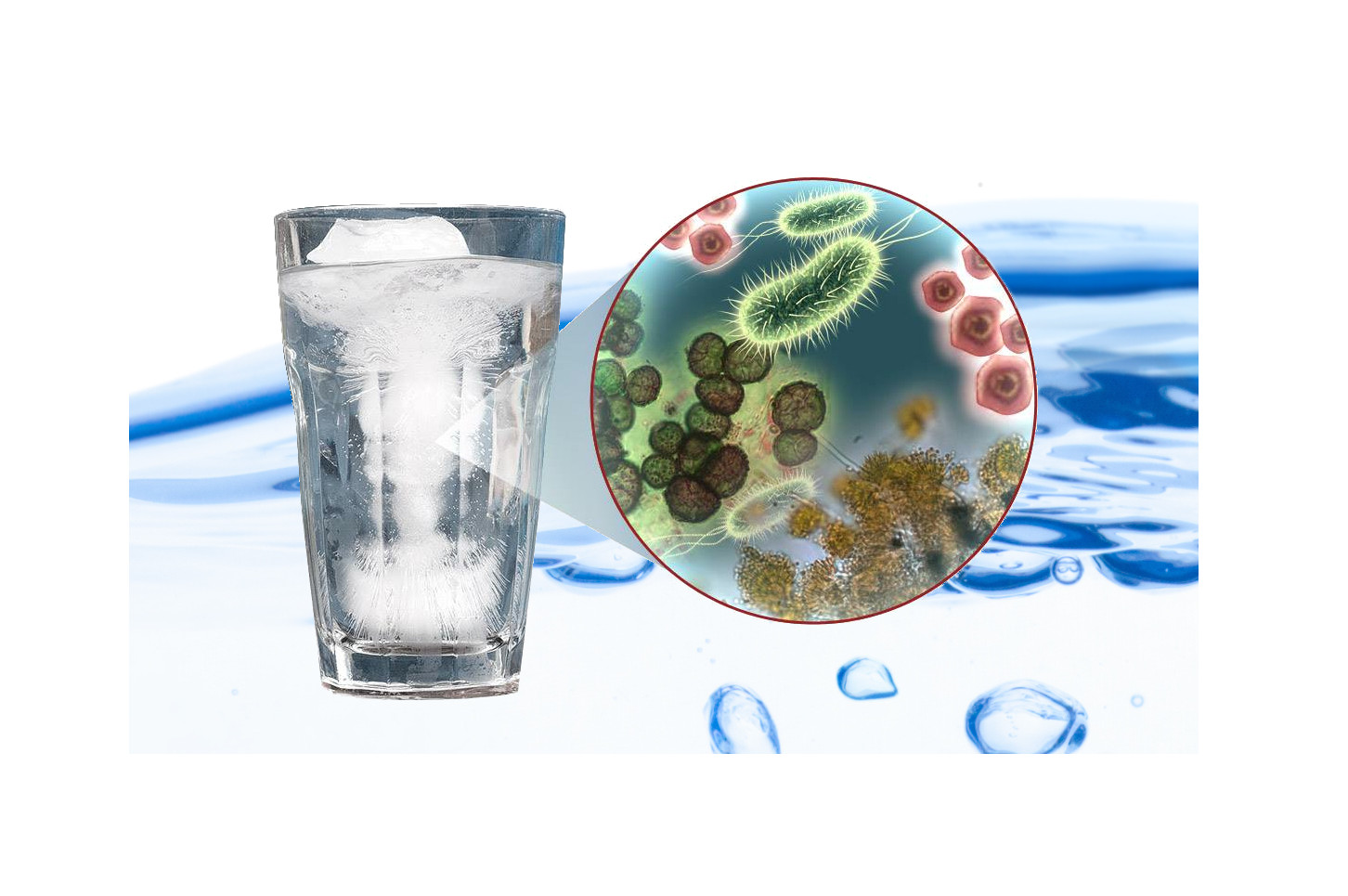Iron Bacteria in Your Well Water May Be to Blame
Have you ever opened the tank on the back of your toilet and been greeted with a scene like this? Are there red-brown stains, crusts, and gross slime all over the inside, sides, and bottom of the toilet tank? If your home or business uses well water, this daunting problem is more often than not caused by tiny, unseen culprits: oxidizing bacteria, more commonly known as Iron Bacteria.
What is Iron Bacteria?
Iron Bacteria (Gallionella) are small organisms that cause huge issues and are common in wells and other ground water sources. They produce buildup (such as rust, debris, and slime) in water by chemically merging iron and oxygen, further changing the characteristics of the water supply. While there are no reported health side effects, it can cause the quality of the water to be unacceptable to many people. Aside from the slime found in toilet tanks and other places where water accumulates from systems (for example: water tanks, water heaters, bladder tanks, etc.), an Iron Bacteria population can cause unpleasant odors and tastes, severe water discoloration, and changes to the texture and flow of water through your home.
How can Iron Bacteria impact me?
The largest impact that oxidizing bacteria can have on you and your home are the problems it can create in the future. First, it causes damage and clogging in your pipes as well as in appliances and systems that use water. The bacteria film congregates in pipes, plumbing, and especially in any standing water fixtures. This leaves significant amounts of debris in the water and can eventually clog pipes and reduce water flow. The remaining flow will most likely be rust-colored and musty-smelling. Second, the contaminated water creates an ecosystem that encourages growth and accumulation of other, more harmful bacteria, as well as chemicals and hazardous compounds. Bacterial iron contaminations often are associated with the smell of rotten eggs, because it encourages accumulation of sulfur (the source of the smell). It can also encourage growth of coliform bacteria, leading to health risks. If left unchecked, this can lead to the need for expensive system-wide plumbing repairs as well as potential negative health effects.
How can I tell if my water supply has Iron Bacteria?
To see if you may have Iron Bacteria in your water, here’s what to check for:
- Rust colored or red-brown stains in sinks, tubs, and toilets near faucets or other points of water entry.
- Slimy, similarly-colored grime or build-up in areas with water flowing or standing, ESPECIALLY inside the toilet tank.
- Thin film on the water surface, floating debris, or “oily” feeling to the water.
- Staining of clothes, dishes, and other surfaces frequently exposed to well water.
- Unpleasant or strange odors from the water (“musty,” “swampy,” “rotten-egg,” “metallic,” or various others).
If you have any of these qualities present in your water, or if you aren’t sure if that’s what you’re dealing with, we’re here to help ꟷ don’t hesitate to contact us today! We’ll work to develop an effective custom solution to your water problems.
Best Water Solutions offers complimentary in-home water testing and consultation to determine what is in your water, as well as water treatment options available to help you reach the goals you have for your family and home. We have practical, proven, cost-effective technologies that ensure your family drinks great tasting, contaminant-free water.
Say “Goodbye!” to the slime, and make your water SAFE and PURE today!
Schedule your FREE water analysis online here or call us:
Gainesville: 352-372-2707
Ocala: 352-369-1707
Sources: Minnesota Department of Health, National Groundwater Association, and Penn State University.

